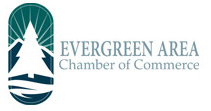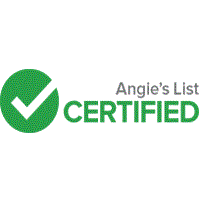Do You Have a Gap in Home Insurance Coverage?
Insurance makes us all feel safe. When you pay that check every month, you exhale knowing that your investment is protected. But could you have a gap in your coverage? Many homeowners assume that they are protected against any unforeseen mishaps with their home or property, but then find they have been sadly mistaken when it comes time to make a claim.
There are many ways a gap in coverage could throw a wrench in your home repairs. No matter where the gap is, the result will be the same: you will find insurance will not cover the full cost of the work you need done, and the rest will come from your pocket.
Protecting Everything Against Hail
As Coloradans, we all know that we need wind and hail protection in our policy. What isn’t always obvious is that unless each individual structure on your property is specifically listed on your policy, it may not be covered. If you have a tool shed, a guest house, or a picturesque gazebo in the backyard, it is of course subject to hail and wind damage but may not be subject to the same protections as your house. Check your policy to ensure that when the storm passes, you can get everything back in order, whether it’s your house or an auxiliary structure.
Changing Building Codes
Another hidden gap that snags repairs pertains to changing building codes. Code coverage is an option that you may not know you need until your contractor tells you that your repairs actually require an upgrade. Many policies only cover reinstating your home to its original condition, but the law in your area may require making the necessary improvements to bring it up to the current codes, regardless of what code the structure was originally built for. Only code coverage ensures that your repairs will be covered no matter what additional upgrades are required.
Prevention, Prevention, Prevention
Your policy is meant to protect you in case of unfortunate events. It will not protect you against preventable damages that set in over time. Mold and other kinds of slow acting deterioration are the homeowner’s responsibility to prevent and stay on top of. Your policy will likely not offer any reimbursement for mold or rot damage, or even falling branches from an old or sickly tree.
ACV or RVC?
Finally, one thing we can’t do anything about is depreciation. The fine print of your insurance policy likely refers to ACV or RCV, which stand for actual cash value and replacement cost value, respectively. These are just what they sound like: ACV protection takes into account how much your home or property has depreciated and subtracts that from what it costs you to actually replace your property. RCV protection will give you the actual amount that you need to replace your property regardless of depreciation.
Insurance policies are certainly not light reading, but it is worth taking a close look at your own to make sure that you don’t have a gap in coverage that could catch you off guard later on. A little research now can save you from a big headache later, or at least from a nasty surprise.
About Author
I have a lot of different ideas how to help students with different papers. I like biology and math and I have deep knowledge in these spheres. Because of this fact I have been working for 5 years on https://papertyper.net/ and can say that I like my job very much. I have a lot of free time and do what I like. What can be better?






